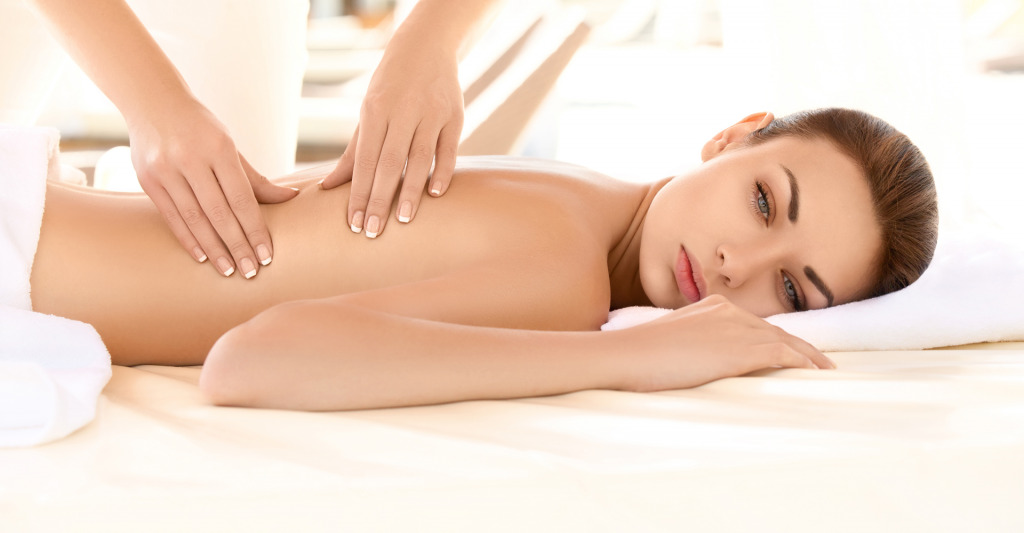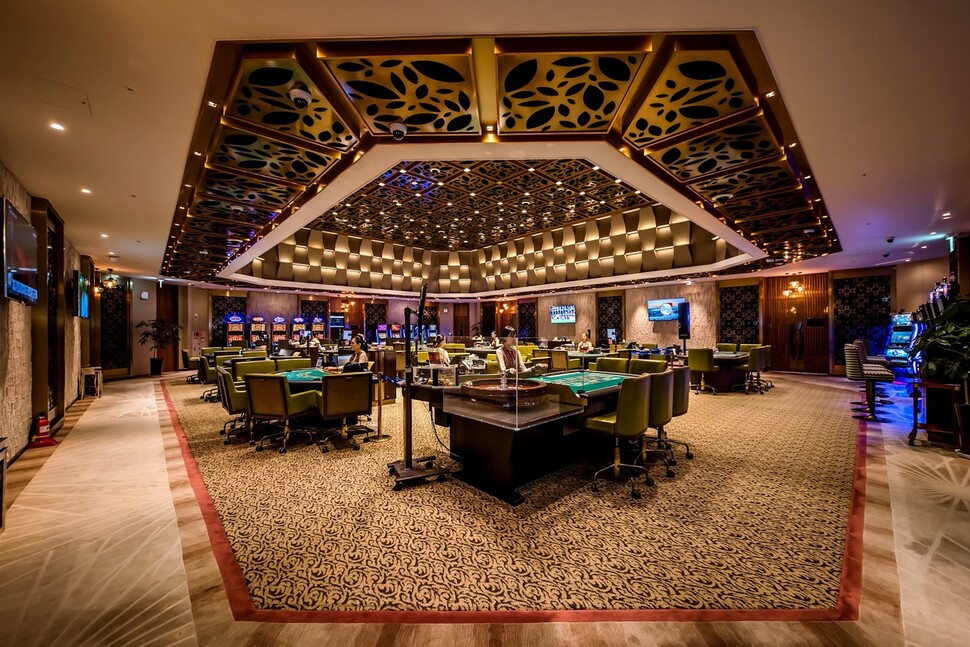스웨디시의 매력에 빠져보세요 – 스웨디시쏘 커뮤니티와 함께하는 여정
스웨디시 마사지란 무엇인가? 스웨디시 마사지는 깊은 이완과 휴식을 제공하는 유럽식 마사지 기법입니다. 전통적인 스웨덴 마사지는 긴장을 완화하고 혈액 순환을 증진시키며, 심신의 균형을 맞추는 데 탁월한 효과가 있습니다. 이 방식은 부드럽고 리드미컬한 스트로크를 사용하여 근육의 긴장을 풀어주고, 동시에 신체의 독소를 제거하는 데 도움을 줍니다. 스웨디시 마사지는 또한 스트레스 해소, 통증 완화,...









